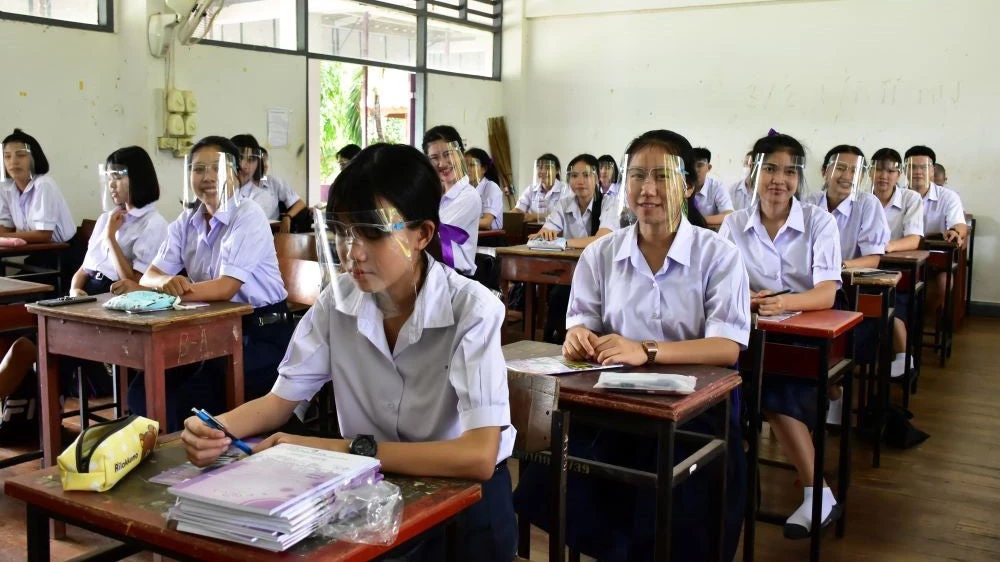 students will need tailored and sustained support to help them readjust and catch-up after the pandemic.
students will need tailored and sustained support to help them readjust and catch-up after the pandemic.
Co-bloggers from partner institutions:
From Johns Hopkins University: Megan Collins, Azka Tariq, Shivani Majmudar
From UNICEF: Jean-Luc Yameogo, Nicolas Reuge
*This is the first of a series of blogs and briefs highlighting key findings of the COVID Education Recovery Tracker, a partnership between the World Bank, Johns Hopkins University, and UNICEF
The COVID-19 pandemic is proving to be the worst crisis to hit education in a century – having kept more than 1.6 billion students out of school at the peak of school closures. Latest World Bank estimates show that global learning poverty - the proportion of 10-year-olds unable to read a short, age-appropriate text - will increase from 53 per cent to 63 per cent of children living in low- and middle-income countries. As we enter the second year of the pandemic, almost 168 million children have already been out of school for an entire year, and about 214 million students have missed more than three-quarters of the school year of their in-person learning. School closures and the resulting disruptions to school attendance and learning are projected to amount to losses valued at $10 trillion in terms of affected children’s future earnings. It is proving evident that to simply reopen their schools’ doors after COVID-19 is not enough – students will need tailored and sustained support to help them readjust and catch-up after the pandemic.
To help countries in this effort, the COVID-19 Global Education Recovery Tracker, a new tool from the World Bank, Johns Hopkins University, and UNICEF, aims to gather data and monitor responses of countries shifting their education systems from emergency measures to recovery policies that target learning losses and help accelerate learning. Data collected through this tool captures schooling status, learning modalities, support to students returning to school, vaccine availability for teaching staff, and other aspects of assessing and catching up on lost time. The goal is to help education policymakers, governments, researchers, and communities mitigate the impact of losses and make decisions on appropriate recovery measures.
Though only a few weeks in the public sphere, the Tracker has already brought to light key features of the education responses, particularly:
1. School Status and Learning Modalities: 45% of countries have moved towards hybrid education as the new normal.
Across the regions, schools have adopted a hybrid or a remote-learning approach in North America (NAC) and South Asia (SAR), while in in Sub-Saharan Africa (AFR) and East Asia (EAP) nearly half the countries have reopened schools for in-person learning.
Figure 1: Schooling Status by Region
Of the countries where information is available, 15% have adopted a hybrid-approach involving in-person and remote learning, 18% are using remote learning approaches, 28% have implemented mixed or multiple strategies (a combination of in person, hybrid, and remote learning strategies) aiming to reach most students, while about 33% have gone back to in-person teaching, and 9% are on an extended break due to a regular school calendar closure, and not due to COVID.
Figure 2: Remote Learning Modalities, by School Levels
2. Vaccine availability is increasing, but only 43% of countries that have the vaccine are vaccinating teachers or school staff.
Though the number is increasing rapidly, at the time of the launch of the Tracker, more than two-thirds of the countries reported having access to vaccines though with noted disparities among regions (and not surprisingly), income levels. Across Europe and Central Asia, Latin America and the Caribbean, over 80% of countries had begun vaccinating their populations. However, 67 percent of countries in Sub-Saharan Africa, and half of those in East Asia Pacific still do not report having access to the vaccine.
Figure 3: General Vaccine Availability
As figure 4 below shows that less than half (43%) of countries are prioritizing teachers.
Figure 4: Proportions of countries vaccinating teachers as a priority group
5. Accelerating catch-up looks different across the globe, and approaches target both students as well as systems.
As schools start transitioning back to in-person learning, more than half of the world’s countries included in the Tracker are using multiple strategies to combat learning loss and provide additional support. This is true across all levels of educations, as seen below. Several are also providing additional tutoring with the help of volunteers and non-profit organizations, with the highest (15%) seen in lower-secondary. A small portion of countries (11%) are modifying their academic calendar at the pre-primary level to help mitigate the learning loss.
Figure 5: Additional Support Provided to Students by School-Levels
One consideration for schools to offer in-person learning is the status of COVID-19 transmission in the area. At least 30 countries report that school reopening is prioritized in geographic areas with low community transmission rates. Less often, countries are prioritizing in-person learning in areas with low internet connectivity. This could have implications for widening academic achievement gaps for students who have limited access to technology and are in an entirely remote learning environment.
Among those offering in-person learning, prioritization of which students are returning to the classroom varies. Special needs students, who reportedly have more challenges with remote learning, and those preparing for final examinations were more often prioritized for in-person learning. Less frequently, countries report prioritizing in-person learning for economically disadvantaged students as well as children who are dependent on school-based social programs such as meals or conditional cash transfers. These students, who traditionally rely on schools for non-academic support, have been disproportionately disadvantaged by closures and cut-off from food and health services.
As the pandemic rolls on for over a year, getting children back to school, recovering learning loss and supporting teachers to catch up and advance learning are paramount to reversing the impact of COVID. The Tracker is a critical tool in this collective fight by providing governments and their partners with reliable, regular, and timely data that can help chart their path forward both in terms of urgent short-term actions of prioritizing school reopening and learning recovery and in the longer term work of building more resilient and risk-informed education plans and budgets. The data will help governments to plan for the new normal of hybrid learning, including closing gaps in access so that it reaches all children, including the most marginalized, through a flexible mix of learning modalities and pathways. It will also enable decision-makers to provide tailored support for teachers who have a crucial role to play in reopening schools and helping students recover from the devastating disruption of the pandemic. Most importantly, the Tracker helps to keep everyone laser focused on learning. The data underscores the importance of all stakeholders working together to support efforts to measure student learning upon reopening of schools that are linked to tailored remedial education programming.
Related:
Recovering Education in 2021, a joint statement of the World Bank, UNICEF, and UNESCO (March 2021)

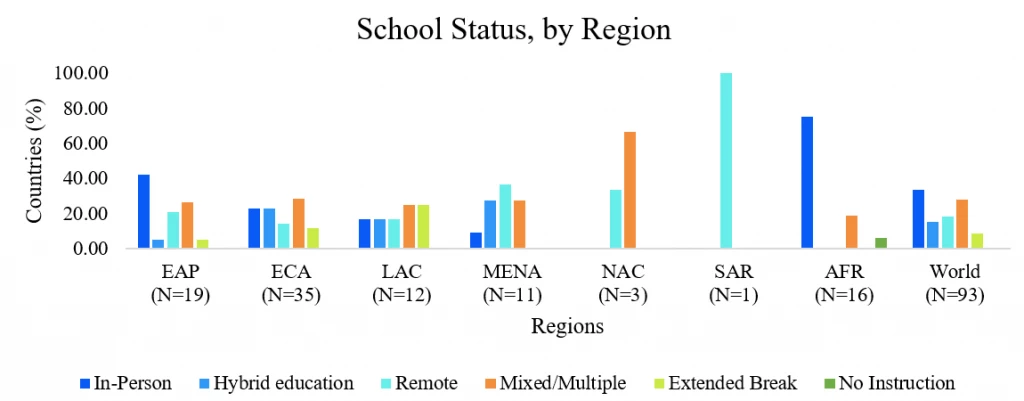
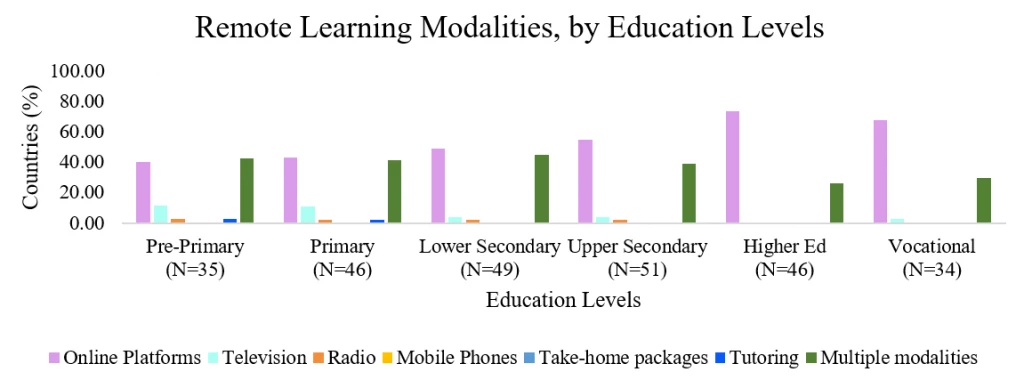
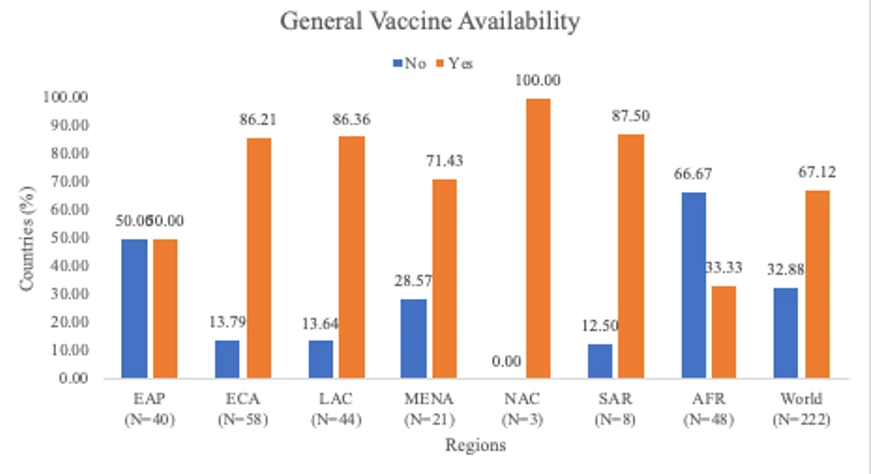
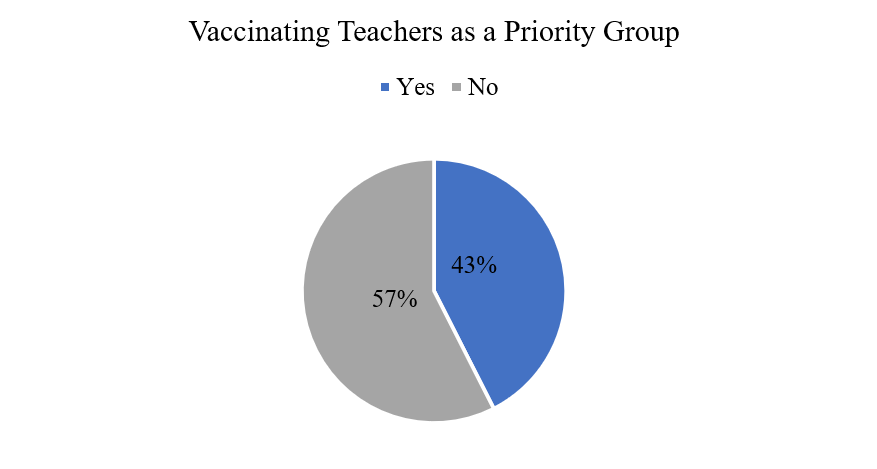
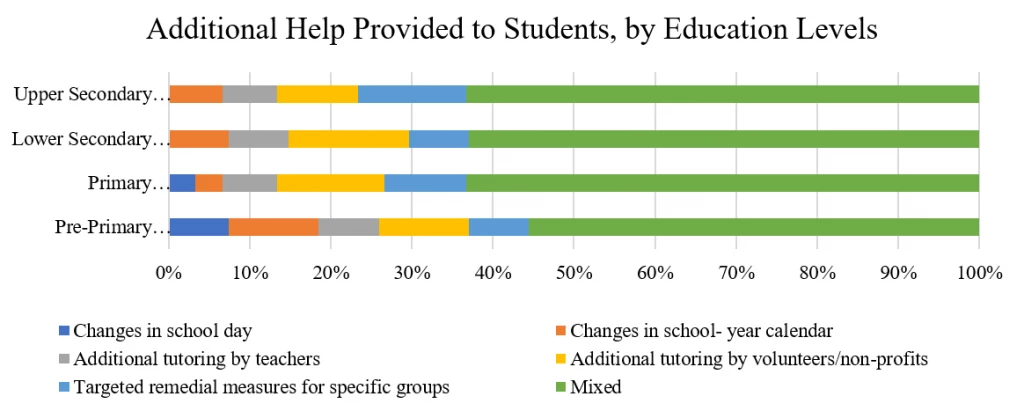

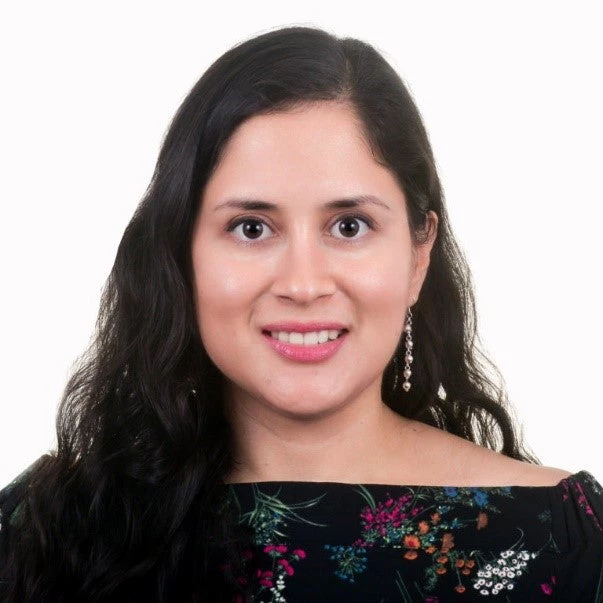


Join the Conversation